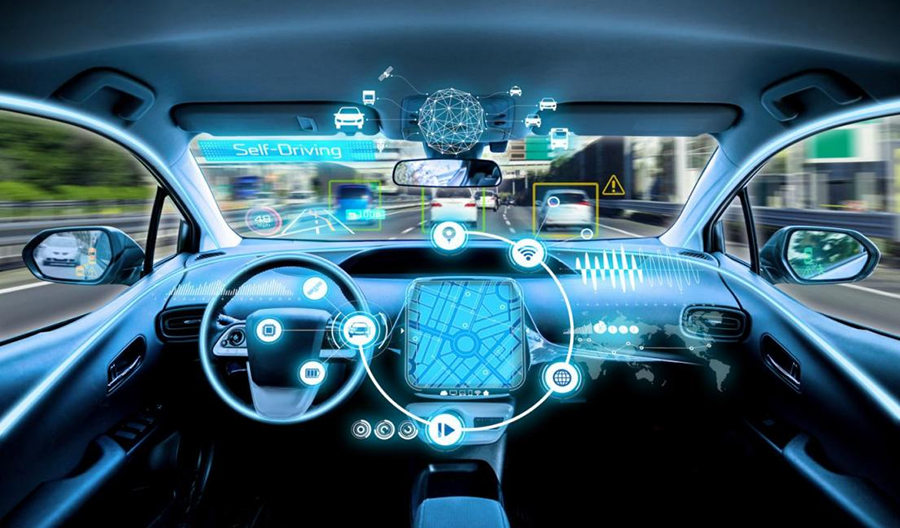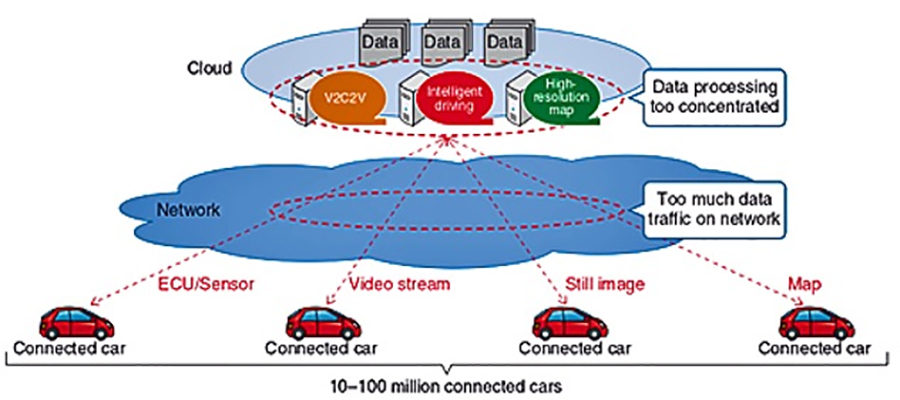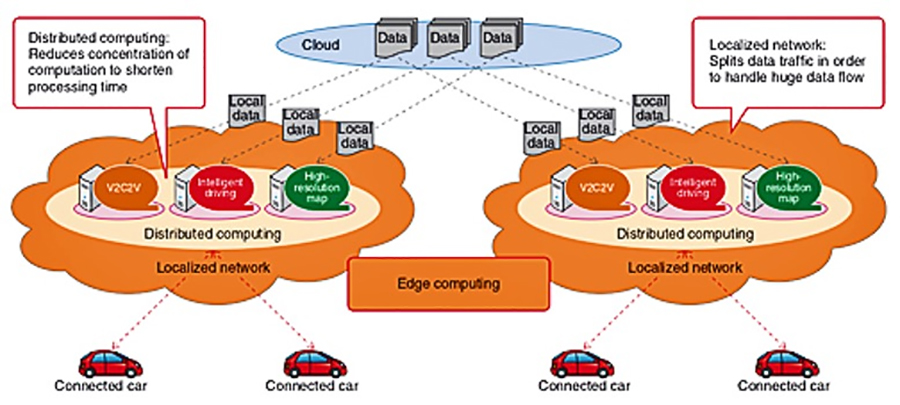
Mr. Bob Yang
Leave a message
Mr. Bob Yang
Leave a messageCar connectivity technology makes smart and connected transportation a reality
The rise of automobile interconnection technology will have a huge impact on the way of transportation of goods. Large-scale data exchange makes business more efficient, travel safer, and deliver faster. But before these technologies can be fully realized, continuing challenges need to be faced. In the past, car wireless connections were limited to radios, RF keys, and radio-controlled door operations. Nowadays, various connected cars are on the rise, which are expected to become beacons of radio transmission, which will provide real-time navigation, communication, entertainment, and autonomous driving management. The ultimate goal is to ensure safer traffic by reducing human intervention.

Connected cars that exchange data with objects in their environment are rapidly becoming the core of next-generation cars. Interconnection technology elevates communication and data exchange to a more refined level, collecting information on driver activities, vehicle maintenance, route planning, safety, and fleet management, and sharing data with central control. Connected vehicle functions may include: ·Infotainment System ·Telematics ·Remote diagnosis, preventive maintenance/software update ·Geographic Positioning System ·avoid collision ·Automatic parking system ·Assisted Driving (ADAS) ·Parking sign ·Fully autonomous driving ·Car Sharing Service ·Provide taxi service ·Equipment monitoring/tracking ·Cloud technology access ·Real-time traffic conditions ·Real-time weather conditions ·Emergency Service Department ·Access to connected home devices ·The creation of the map ·Public transportation timetable ·Specific mode application Cars, trucks, trains, buses, motorcycles, and drones using V2X technology will use wireless connections to communicate between vehicles, pedestrians, traffic management infrastructure, cellular networks, clouds, and other wireless devices.

In order to achieve these goals, wireless communication systems require links with high bandwidth, low latency, low power consumption, and high reliability. At present, the lack of universally accepted communication standards poses a challenge to the interconnection of connected vehicles. Wireless communication standards---IEEE802.11p and C-V2X There are currently two global wireless communication standards. The first is IEEE802.11p (Dedicated Short Range Communication-DSRC), which is based on the Wi-Fi protocol. The latest alternative is based on cellular C-V2X, which reduces latency, improves data security, high reliability in dense areas, and a larger range. C-V2X also provides the advantage of being compatible with 5G transmission. Both use the 5.9GHz band. In addition, short-range wireless Bluetooth can continue to be used to connect devices inside and near the vehicle. The real-time data generated by millions of cars and trucks will grow exponentially, and the type of infrastructure required is under discussion. The network where the vehicle is directly connected to the cloud will soon encounter a bottleneck.
Automotive Edge Computing Alliance Using distributed sensor-based edge networks and integrated machine learning and artificial intelligence real-time data processing capabilities can reduce traffic and latency to the cloud. The result is more efficient use and can safely support more nodes' resources.

Automotive Edge Computing Alliance Connected cars are still developing rapidly, but there are many obstacles that must be resolved, including the provision of sufficient radio spectrum, government supervision, standardization of transmission protocols, and most importantly, network security. The key part of the connected vehicle cannot be hacked and problems caused by delays are avoided. Bluetooth and Zigbee wireless communication protocol In addition to these long-range wireless protocols, low-power, short-range technology protocols such as Bluetooth and Zigbee are being used for communication between mobile devices. At some point, government regulators are expected to require V2V and V2I functions to be included in every vehicle. The data generated by the integrated smart sensor network will enable safe navigation in a rapidly changing environment. The ultimate goal is to reduce annual traffic casualties and property losses. Vehicle to Infrastructure (V2I) Vehicle-to-infrastructure (V2I) is an important and challenging aspect of next-generation vehicles. Standardized transmission protocols can provide real-time information about weather conditions, road hazards and construction delays, while analyzing current conditions to maximize traffic flow. It will take years to design,
manufacture, and install the fixed infrastructure needed to interact with traffic-generated data. In the past 100 years, our outdated traffic management system has hardly seen any upgrade, which provides designers with the opportunity to use connectors and sensors to achieve system upgrades. Vehicles, railroad infrastructure, traffic control equipment, and support for multi-mode data exchange, the required communication infrastructure must be able to operate reliably in the outdoor environment of Arizona from January to July. There are at least two key aspects of wireless communication for transportation applications: reliability and safety. Absolute reliability under all operating conditions is essential. Current mobile communications, including 5G, are not perfect yet. In April 2021, a software upgrade caused the service failure of Canadian mobile phone providers. Local weather conditions, terrain, buildings, etc. will reduce the quality of service. Hacking incidents such as Solar Winds and Colonial Pipeline illustrate the importance of network security. Many automatic functions of current and future vehicles must be adequately protected from malicious hacker attacks, as this can lead to collisions and deaths. Reliability and safety will greatly enhance consumers' confidence in the future of fully autonomous vehicles. Shielded copper cables and connectors and optical fiber connections will be part of the solution. Ordinary passenger cars will require a variety of low-speed, high-speed, coaxial optical fiber and power connectors, as well as sensors that can withstand extreme temperatures, shocks, vibrations, corrosive liquids, salt spray, and rough handling by assembly and maintenance personnel. All of these changes are occurring at a critical moment in the transportation industry. Cars, trucks, and transportation fleets may be evolving into automated transportation models. Users welcome self-driving cars. The unmanned fleet will take over the long-distance route and the delivery of the last mile. Americans have always loved their cars. It represents social status and freedom of movement. However, business opportunities including the development of cloud and edge computing will support the interconnection of thousands of cars. Manufacturers provide good enough development opportunities.

Privacy statement: Your privacy is very important to Us. Our company promises not to disclose your personal information to any external company with out your explicit permission.

Fill in more information so that we can get in touch with you faster
Privacy statement: Your privacy is very important to Us. Our company promises not to disclose your personal information to any external company with out your explicit permission.